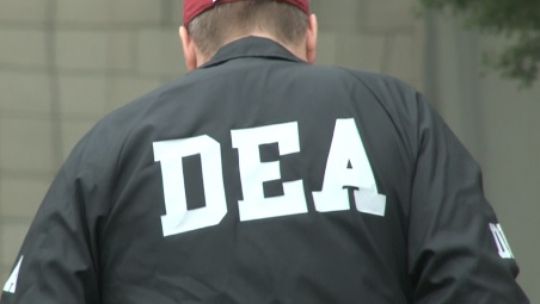
WASHINGTON — The Drug Enforcement Administration has for five years steadfastly defended the behavior of its agents in a late-night drug seizure carried out with Honduran forces on the remote Mosquito Coast, a mission that resulted in the deaths of four Honduran civilians.
In the D.E.A.’s view, the dead — one man, two women and a 14-year-old boy — were among those on a boat that shot at a canoe carrying a joint D.E.A.-Honduran antidrug team. The D.E.A. said it had evidence in the form of night-vision video taken from a surveillance plane showing an “exchange of gunfire” between the two vessels after the larger boat collided with the canoe carrying the agents.
Now, for the first time, the three-hour video has been released to the public. It strongly suggests that the D.E.A.’s account of crossfire in the May 2012 mission was not accurate. The release of the video, under a Freedom of Information Act request, follows a scathing report published by the inspectors general of the departments of Justice and State earlier this year that challenged the D.E.A.’s version of events.
The video shows numerous flashes of light consistent with gunshots originating from the antidrug unit, according to Bruce Koenig, a forensic expert hired by ProPublica and The New York Times to analyze the images.
Mr. Koenig, who formerly was supervisor of the F.B.I.’s forensic audio/video group, examined the video frame by frame and concluded that only one flash originates from the passenger boat. In Mr. Koenig’s view, that flash could have been caused by a bullet striking the engine, which was later found to have a bullet hole. Infrared cameras detect heat and turn it into bright spots on video, so a muzzle flash from a gunshot and a spark from a bullet ricocheting off a metal surface can create similar flares.

